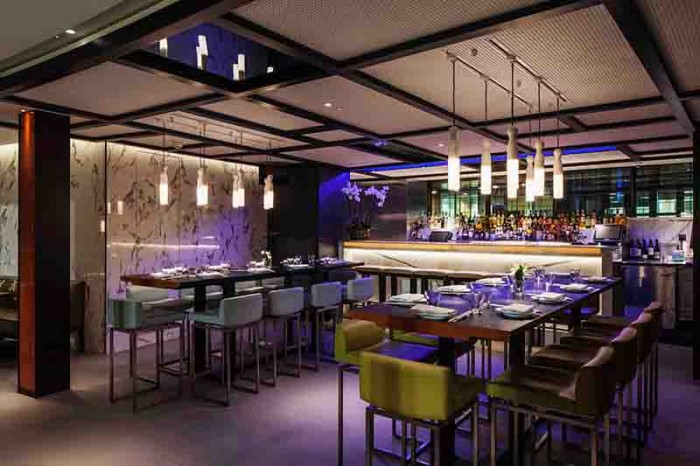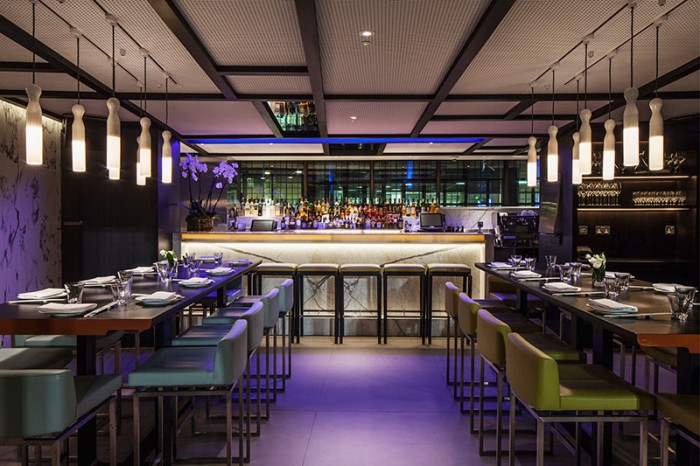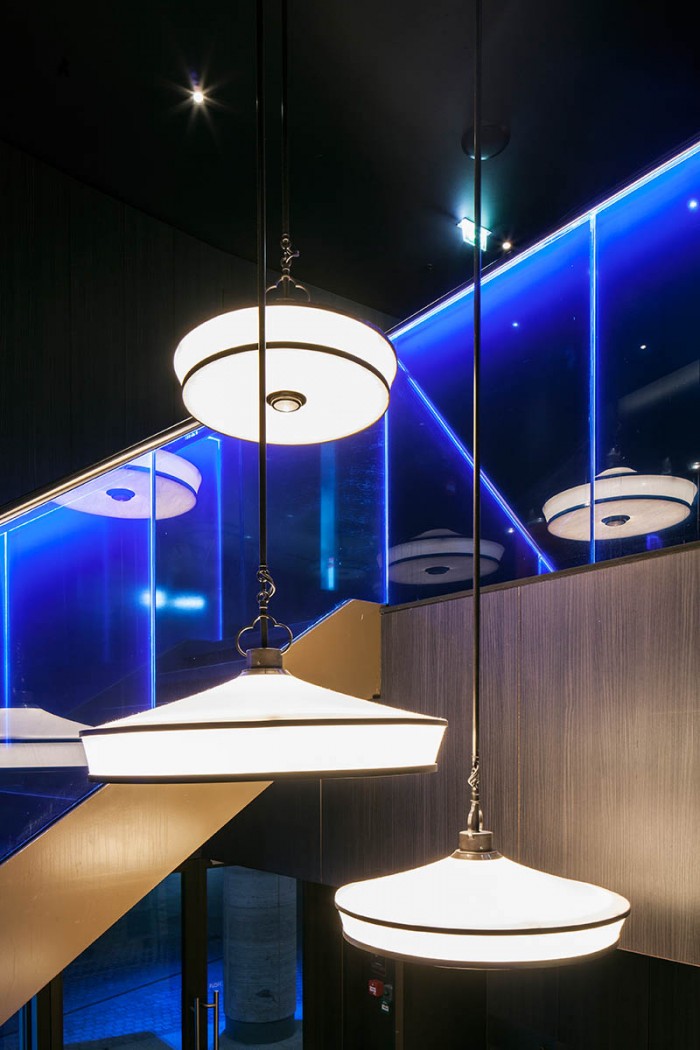Q&A with Paul Nulty, Lighting Design
An award-winning lighting designer, with over 18 years’ experience, Paul established Nulty+ in 2011 to explore and push the boundaries in lighting design. He has worked on a variety of prestigious and award winning projects across many sectors, including commercial, residential, retail and hospitality and combines a creative edge with an eye for detail and an understanding of how lighting impacts atmosphere, mood and ultimately behaviour. A theatrical lighting background gives him a unique appreciation of the relationship between space and light.
In your eyes, what do interior designers and architects tend to overlook when thinking about lighting for their projects?
Well-being has become more than just buzz-word; people want to feel and look good within environments that promote positivity, and as light is one of the most powerful influencers of mood and behaviour it is vital it is incorporated as a design equal. However, its impact hasn’t always been understood. Historically, lighting has been regarded as a design ‘bolt-on’, an afterthought to a concept. Interior designers and architects often work with the tangible and haven’t always appreciated the impact of the ‘intangible’ light and dark that when combined create shadow and depth, or the illumination and vibrancy that layered lighting can bring to a room. Lighting is also applied and measured through Colour Rendering Index (CRI), and will either enhance a design, texture or surface, or diminish it. Incorporating a lighting concept in conjunction with the interior/architectural concept will ensure that space and design are complemented, brought to life and able to evoke emotion and ultimately behaviour in users.
“Light is one of the most powerful influencers of mood and behaviour it is vital it is incorporated as a design equal”
Please tell us about one of your recent hospitality projects where the lighting scheme elevated an initial design concept to create an exceptional space.
Nulty worked collaboratively with Hakassan Group and alongside architecture firm Gensler and interior design company GBRH to deliver the Yauatcha restaurant in Broadgate Circle. The brief was to create a dramatic lighting design concept consistent with the brand’s identity and that could adapt to the unique space and physical needs of the restaurant and retail unit.
The result is a lighting scheme that complements the darkness of the interior design, incorporates the brand’s signature blue and uses specific luminaires to bring texture and depth to the space; these include sparkling fibre optic lighting, large white silk pendants and down-lit columns to punctuate spaces and provide rhythm and permeability.
Lighting levels were designed to be deliberately low with contrast ratios high to create a dramatic environment throughout the restaurant. Simplicity was key to the design with architectural details containing discrete lighting, such as integrated luminaires within joinery.
You’ve said that lighting design is about creating atmosphere rather than choosing the right fixtures and fittings – how does it differ for a hotel project compared to other types of interior spaces?
It no longer differs. That’s the point. Today’s work/life boundaries are blurred; hotels need to conjure a sense of playfulness and leisure, but they also need to comprise spaces where people can work and summon a sense of gravitas and calm. Many of today’s workspaces offer agile working, and require spaces for collaboration, invigoration and group work, as well as spaces for silo working and areas for contemplation. All these areas can be delivered in one single space with lighting used as a boundary for each. With more people using coffee shops in which to work – and the emerging generation of tech and digital start-ups – the traditional office is no longer desired, people want their workspace to feel like home or a cool, boutique café or hotel.
Some interior designers and architects still believe that lighting designers want to showcase design through fixtures and fittings; it is very rarely about them.
“Good lighting design can’t be seen, its role is to enhance a space, give it depth and make people feel, and act, in a certain way”.

What are your top tips for convincing investors to commission a lighting designer versus adding this responsibility to the interior designer’s scope of work?
- If your space is, ultimately, about achieving the best ROI from it, make your first two questions: “How do I want people to feel in this space, and what do I want them to do?”
- With light it is possible to turn a bleak and dull room into one that feels warm and cosy, and a well-designed room into one that is harsh and uninviting.
- A well designed room badly lit will never engage the people within it.
- The light switch is the first thing we seek when we enter a dark room, we need it to function and we twiddle with the dimmer switches and rearrange lamps to accommodate and accentuate our mood.
- Investing in great design and architecture and then layering low-quality, unsuitable lighting over the top will undermine all your spend and turn your customers away. This fact is applicable across hospitality, retail and workspaces – the latter in the form of sick-days and lack of motivation.
- Good lighting is ultimately about the bottom line.
Paul Nulty is one of the experts contributing to the Sleep Essentials roundtable on Wednesday 23rd November from 10:30am-12:00pm, offering inspiration and practical advice to delegates. Sleep Essentials debuted to great success at Sleep last year and delegates are advised to arrive early to secure a place. The free-to-attend Conference is part of the Sleep event which also comprises an exhibition of innovative products from leading contract suppliers (over 40 of whom are BCFA members) and inspirational design installations such as the Sleep Set competition, with five international design practices competing this year.







